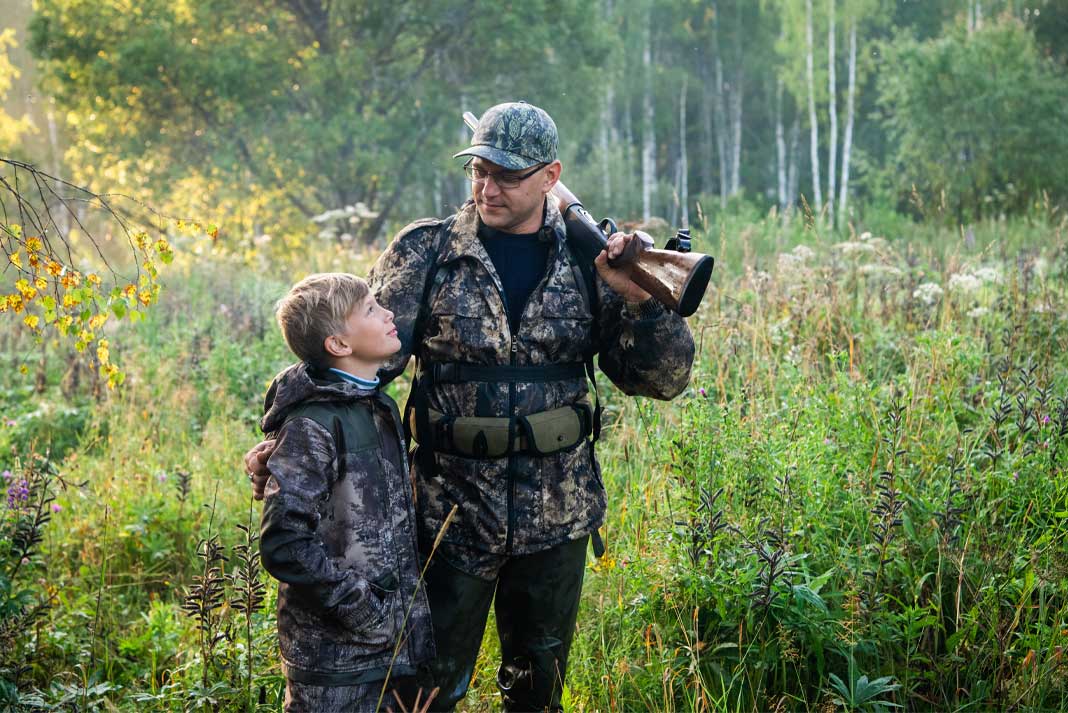High fence hunting is an intriguing method that has sparked both interest and debate within the hunting community.
This practice involves hunting game animals that are enclosed within properties surrounded by high fences. It’s particularly popular in several regions of the United States and offers a unique hunting experience. In this article, we’ll explore the features and benefits of high fence hunting, address common questions, and provide insights into the species typically sought after in these hunts.
Understanding High Fence Hunting
High fence hunting occurs on properties enclosed with tall fences, generally ranging from 8 to 10 feet. The purpose is to confine game animals like deer, elk, and exotic species within certain areas. These managed environments offer controlled conditions for both wildlife management and hunting experiences. High fence hunting is especially prevalent in states such as Texas and Oklahoma, drawing hunters seeking trophy quality game.
Features of High Fence Hunting
- Controlled Environment: Enclosed properties enable the regulation of wildlife populations, leading to a balanced ecosystem. This control aids in sustaining healthier game populations through regulated breeding and habitat management.
- Selective Breeding: Many high fence hunting operations focus on selective breeding, enhancing animal genetics for trophy-quality specimens. This practice can result in larger antlers and stronger genetics.
- Conservation Efforts: By controlling populations, high fence hunting can help prevent problems such as disease outbreaks or overpopulation, supporting broader conservation goals.
- Guaranteed Hunting Opportunities: High fence hunting typically offers higher success rates, making it an attractive option for hunters traveling long distances or seeking time-efficient hunts.
Benefits of High Fence Hunting
- Enhanced Wildlife Management: High fence environments allow for meticulous management of game species, promoting biodiversity and preventing the negative effects of overhunting or underpopulation.
- Economic Support: These operations can provide significant economic benefits, including job creation and promoting wildlife tourism. They often financially contribute to conservation initiatives.
- Quality Game Experience: Hunters often choose high fence hunts for the opportunity to harvest trophy animals, achieving personal milestones and enhancing their hunting experiences.
- Ethical and Safe Practices: The controlled nature of these environments allows for strict adherence to ethical hunting standards and safety protocols, benefiting both the hunters and the animals.
Common Areas and Species for High Fence Hunting
High fence hunting is notably popular in the southern U.S., with states like Texas being a prime location due to its numerous ranches and large land areas suitable for managing high fences. Common species hunted in these enclosures include whitetail deer, elk, and exotic species such as axis deer and blackbuck antelope.
Addressing Common Questions About High Fence Hunting
1. Is high fence hunting ethical?
The ethics of high fence hunting are subjective and widely debated. Supporters emphasize the conservation benefits and management practices that can provide ethical hunting opportunities. However, critics might argue that it removes the traditional challenge of hunting in the wild.
2. Does high fence hunting influence the quality of the game?
When managed effectively, high fence operations can significantly enhance game quality. Through selective breeding and proper habitat management, these operations can produce healthier and more impressive game animals.
3. What regulations oversee high fence hunting?
High fence hunting is subject to various state and local regulations to ensure ethical practices, animal welfare, and responsible wildlife management. Compliance ensures that hunting remains sustainable and conservation-focused.
FAQs About High Fence Hunting
Q1: Can high fence hunting be considered a fair chase?
Opinions on whether high fence hunting can be considered a fair chase vary. Some argue that the controlled environment diminishes the sport’s traditional challenge. However, views on fair chase differ based on personal beliefs and regulatory definitions.
Q2: Are all high fence hunting properties the same size?
No, high fence properties can range from small enclosures to expansive areas encompassing thousands of acres. The size can influence the types of game available and the hunting experience offered.
Q3: Do hunters need special equipment or skills for high fence hunting?
While specific equipment needs depend on the game and hunting method, high fence hunting generally requires standard hunting gear. Familiarity with the terrain and conditions of the hunting area is always recommended.
In Conclusion
High fence hunting offers a unique experience with potential benefits in wildlife management and conservation. While it may not align with every hunter’s philosophy, it provides opportunities for those seeking controlled environments and trophy game encounters. Understanding the features, benefits, and ethical considerations helps hunters make informed decisions about participating in high fence hunting practices.
For additional insights and expert views on high fence hunting, the following resources are recommended:
- Boone and Crockett Club – What About Fences? – An authoritative perspective on ethical considerations in high fence hunting.
- National Land Realty – What is High Fence Hunting? – Overview and insights into high fence hunting practices.
- Wide Open Spaces – High Fence Hunting Ethics Check – An examination of the ethics and economics driving high fence hunting.
